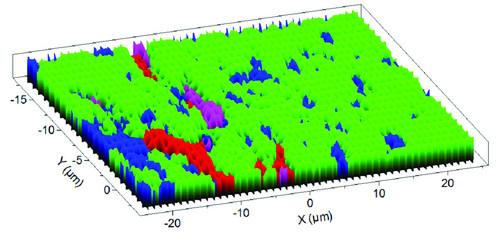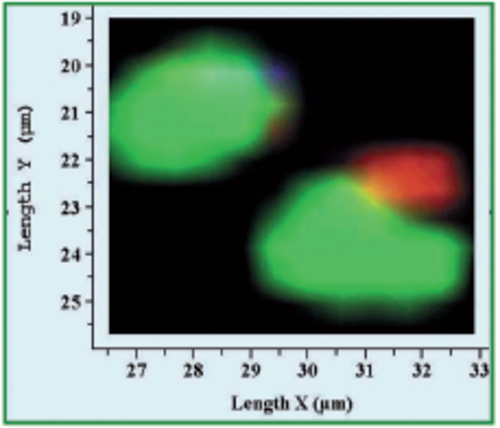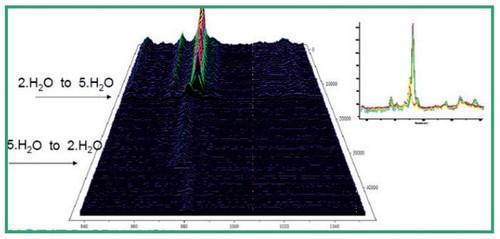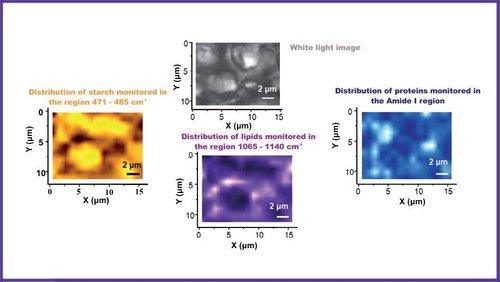
| LabRAM HR UV-VIS-NIR | LabRAM HR VIS-NIR | |
|---|---|---|
| 波長範囲 | 220~2200nm | 440~2200nm |
| 低波数カットオフ *1 | 50 cm-1 / 5 cm-1 (ULF Option) | |
| スペクトル分解能*2 | 0.2 cm-1 以下 | |
| グレーティング | 2枚標準搭載(刻線数・ブレーズ波長は別途ご相談ください。) | |
| 分光器焦点距離 | 800mm | |
| 空間分解能 | 水平分解能 (XY) 0.5μm 以下、Z方向分解能 1.5μm 以下(488nm 励起の場合) | |
| レーザー | 搭載可能レーザー : 244nm、266nm、325nm、355nm、405nm、442nm、457nm、473nm、488nm、514nm、532nm、633nm、785nm、830nm、1064nm など クラス3B システム(オプションCDRH レーザー安全クラス1 対応) ファイバーポート(オプション) レーザー自動切り替え機構(最大4 波長) | |
| 光学顕微鏡 | Olympus BX シリーズ(観察用カメラ搭載) (オプション) 暗視野観察、偏光観察、微分干渉観察、蛍光観察 5倍、10倍、100倍対物レンズ 標準搭載(長作動レンズほか倍率はお問い合わせください) | |
| 減光フィルタ | 9段階(100%、50%、25%、10%、5%、3%、1%、0.1%、0.01%) | |
| 検出器 | (標準搭載)空冷ペルチェCCD 1024 x 256 ピクセル (オプション)液体窒素冷却CCD 最大3 検出器まで搭載可能 | |
| 外形寸法 | 1300mm x 1200mm x 473mm [WxDxH] ※レーザー3波長の場合 | |
| 質量 | 約150kg ※検出器、レーザー除く | |
| 電源(本体) | 単層AC100 ~ 240V ± 10% | |
(*1) 基本的な目安値(レーザー波長 488 nm、514 nm、532 nm、633 nm、785 nm)
(*2) FWHM 値(スリット幅 25 μ m、 633 nm 励起、2400 gr/mm グレーティング)
 |



























































